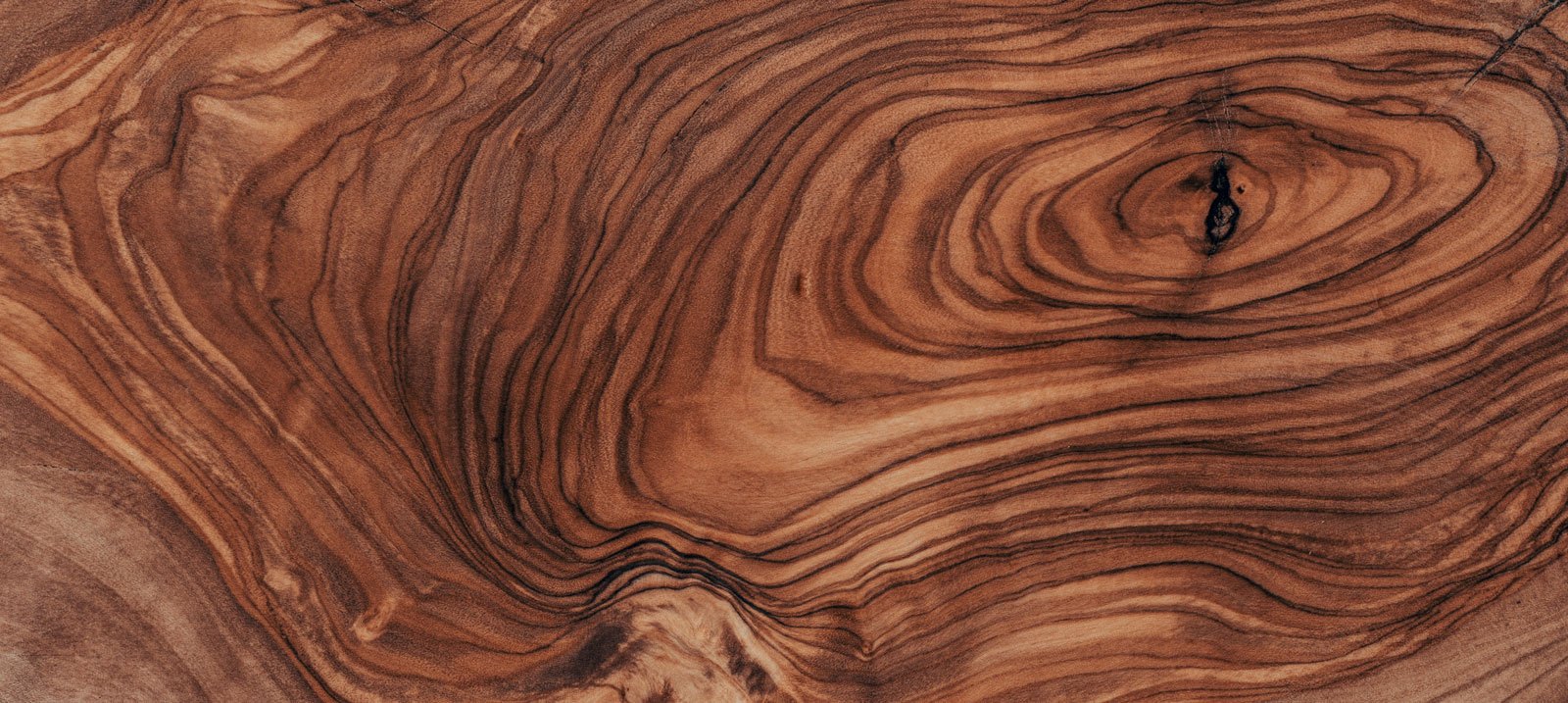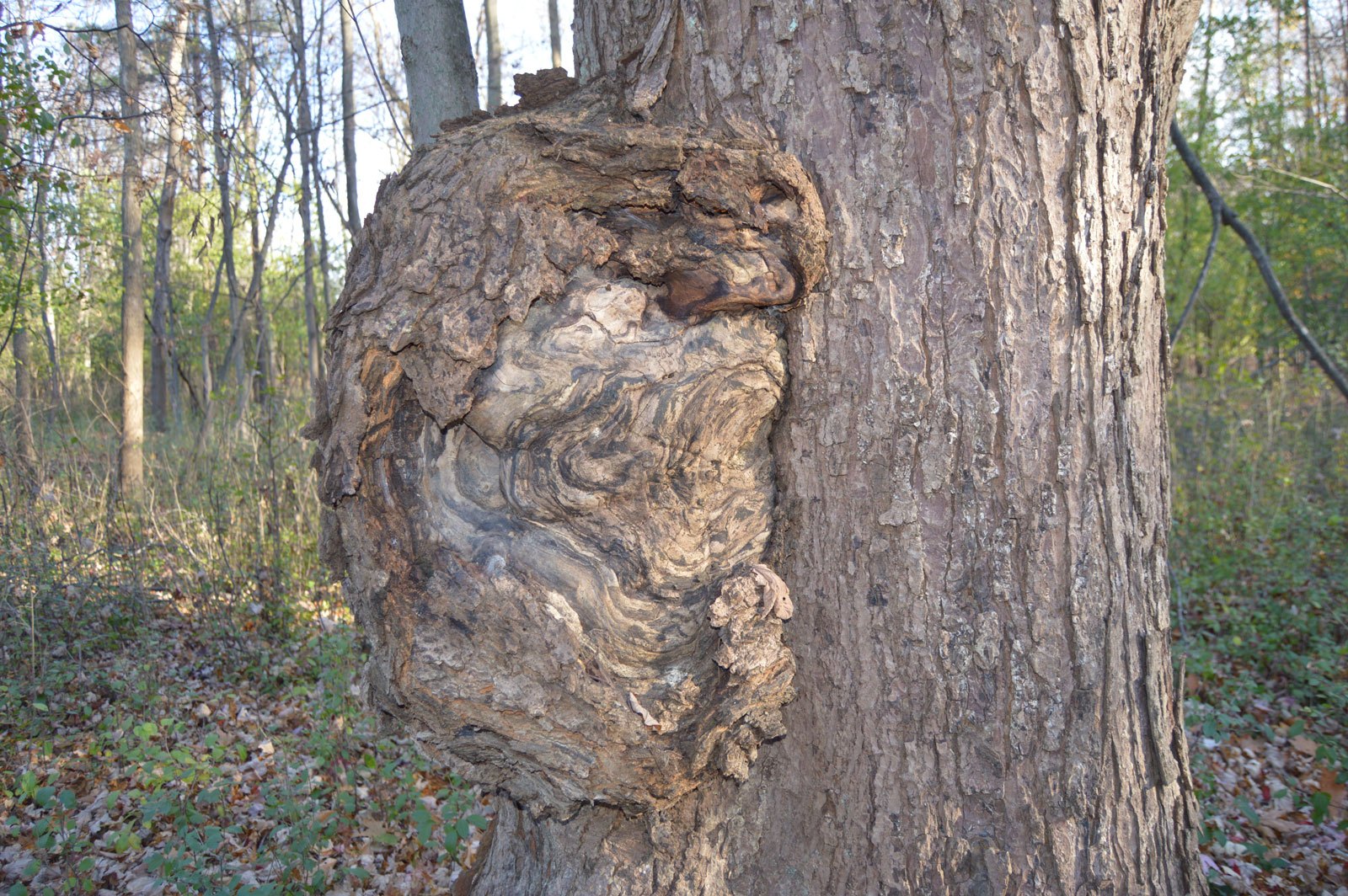What Are Burls and Why Do They Occur?
Burls are the gnarly outgrowths you sometimes see on tree trunks and branches. You may find them unsightly, but artisans, sculptors, and wood furniture makers hold burls in high esteem.
When burls form, they create inside the tree bud tissue that doesn’t follow a single grain direction. Instead, the bud tissue forms in chaotic directions, creating swirly and rolling grains that are treasured in furniture and art.
Unlike artists, who get excited when they see burls on a tree, developers and homeowners are more likely to wonder if the burl hurts the tree and how they can get rid of the burl.
Burls, however, don’t hurt the tree, nor do they make it sick. While they may be a sign of sickness or disease, it is more accurate to describe them as bud tissue and roots that shoot from the tree to create this woody swelling. Perhaps you could visualize burls as awkward yet beautiful woody outgrowths.
So, let’s see what creates burls and how you can work with them.
How Are Burls Created?
Tree specialists are unsure about the cause of burls:
- Some think that burls are caused by insects and bacteria entering the bark and creating the swelling.
- Other tree professionals believe that freeze damage or other environmental extremes can lead the tree to develop a burl.
- The presence of specific minerals in the soil is also considered a possible cause for the development of burls.
- A theory suggests that some trees simply have a predisposition for developing burls. When suitable environmental conditions occur, tree genetics trigger the formation of the burl.
- Finally, there is speculation that burls cover a trunk injury. In this case, the tree develops a burl above the injury, probably to protect it, and the burl slowly envelops the damage as it grows.
What Lies Inside a Burl?
Burls are buds and roots that failed to grow outwards. Instead, they turned inwards to form a gnarly swelling. Burls contain bud tissues that are woody inside.
Because burls don’t have a uniform space to grow in, the tissue grows in unusual and twisted patterns. That’s what makes the wood grain of a burl so interesting to artisans.
What Can You Do About Burls?
Whatever you do, don’t cut a burl from the trunk! Since a burl is made of roots and tree tissue, the tree itself doesn’t know how to cover the wound created by a burl being cut down.
Such a large and exposed wound is the perfect entryway for insects, bacteria, and diseases to start attacking the tree.
If a burl develops on a branch, you could cut the whole branch. However, burls growing on a trunk should not be extricated.

Which Trees Are More Susceptible to Burls?
Our experience has shown that cherry trees, walnut trees, oaks, elms, and maples are more prone to developing burls. It is unclear whether this is because of a genetic predisposition or the ground where they grow triggers such as reaction.
What Can I Do to Prevent Burls?
To prevent burls from forming, try to keep your tree trunks dry. Humidity and mild temperatures seem to encourage the development of burls on trees.
Burls can also be a tell-tale sign of an insect or viral infection of your tree. Look for signs of decay, rot, and holes on the burl. If you see insects and bugs walking around, you should consult a tree specialist.
As a rule, though, burls are not dangerous to trees. They may be symptomatic of disease but not a cause. They will grow with the tree and sometimes get covered in shoots and greenery. If you don’t want your burls to expand further, you can cut down the emerging shoots.
Burls occur when the tree develops root tissue on its trunk and branches rather than the roots themselves. They will not damage your tree or affect the tree’s growth and health, and can warn you of disease, so don’t necessarily think of them as a problem.
Environmental Design Inc.
Trees are precious and carry history on their branches. While burls can be unsightly, they are not a reason to cut down your tree.
Environmental Design Inc. has 40+ years of experience, offices in Texas, California, and Minnesota, and moves trees across the United States and even abroad. We have relocated trees that were almost 1 million pounds heavy and firmly believe that trees can be centerpieces for a whole community and boost the value of public and private developments.
Instead of cutting down a tree with burls, you could move it to a new place. Environmental Design Inc. can transplant your trees to a more suitable location. Contact us today at (800) 376 – 4260 or visit Environmental Design Inc. online to discuss your needs!




Recent Comments